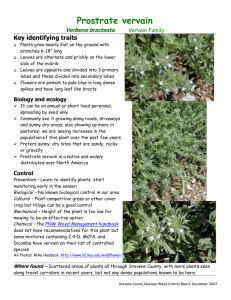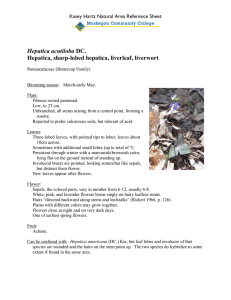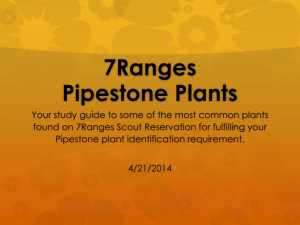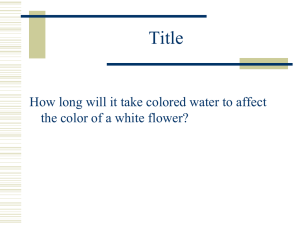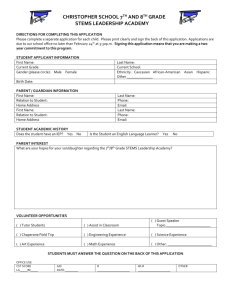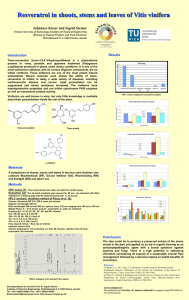Vervain-prostrate-Verbena-bracteata
advertisement
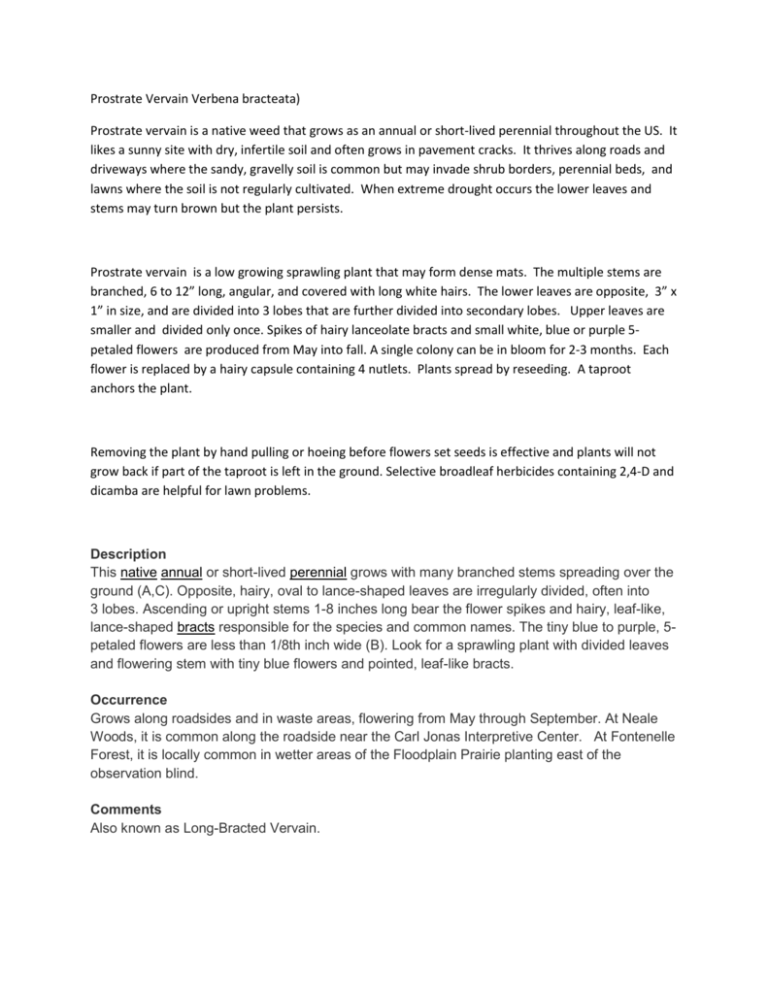
Prostrate Vervain Verbena bracteata) Prostrate vervain is a native weed that grows as an annual or short-lived perennial throughout the US. It likes a sunny site with dry, infertile soil and often grows in pavement cracks. It thrives along roads and driveways where the sandy, gravelly soil is common but may invade shrub borders, perennial beds, and lawns where the soil is not regularly cultivated. When extreme drought occurs the lower leaves and stems may turn brown but the plant persists. Prostrate vervain is a low growing sprawling plant that may form dense mats. The multiple stems are branched, 6 to 12” long, angular, and covered with long white hairs. The lower leaves are opposite, 3” x 1” in size, and are divided into 3 lobes that are further divided into secondary lobes. Upper leaves are smaller and divided only once. Spikes of hairy lanceolate bracts and small white, blue or purple 5petaled flowers are produced from May into fall. A single colony can be in bloom for 2-3 months. Each flower is replaced by a hairy capsule containing 4 nutlets. Plants spread by reseeding. A taproot anchors the plant. Removing the plant by hand pulling or hoeing before flowers set seeds is effective and plants will not grow back if part of the taproot is left in the ground. Selective broadleaf herbicides containing 2,4-D and dicamba are helpful for lawn problems. Description This native annual or short-lived perennial grows with many branched stems spreading over the ground (A,C). Opposite, hairy, oval to lance-shaped leaves are irregularly divided, often into 3 lobes. Ascending or upright stems 1-8 inches long bear the flower spikes and hairy, leaf-like, lance-shaped bracts responsible for the species and common names. The tiny blue to purple, 5petaled flowers are less than 1/8th inch wide (B). Look for a sprawling plant with divided leaves and flowering stem with tiny blue flowers and pointed, leaf-like bracts. Occurrence Grows along roadsides and in waste areas, flowering from May through September. At Neale Woods, it is common along the roadside near the Carl Jonas Interpretive Center. At Fontenelle Forest, it is locally common in wetter areas of the Floodplain Prairie planting east of the observation blind. Comments Also known as Long-Bracted Vervain. Description: This native plant is an annual or short-lived perennial that branches at the base to form multiple stems. It is only about ½–1' tall because the stems sprawl across the ground, often forming a circular or semi-circular mat of leaves and stems in open areas. The stems are about ½–1½' in length and more or less 4-angled. They are thinly to moderately covered with long white spreading hairs. The opposite leaves are up to 3" long and 1" across. The lower leaves are sharply divided into 3 primary lobes consisting of a large terminal lobe and 2 side lobes that are much smaller. These primary lobes are themselves divided into secondary lobes, or they may have a few large blunt teeth along their margins. The terminal lobe has a wedge-shaped bottom and tapers to a blunt tip. The side lobes are narrow. The upper leaves lack the side lobes and are a little smaller in size, otherwise they are shaped similarly to the lower leaves. The lower surface and margins of these leaves have scattered white hairs, while their upper surface is less hairy or nearly glabrous. The stems terminate in dense spikes of small flowers. These spikes are up to 6" in length and at least 2/3" across because of the large bracts. The flowers bloom near the apex of each spike where the new growth occurs. Each flower is about 1/8" across, consisting of a light blue or light purple corolla. This corolla is narrow and tubular at the base, but flares outward into 5 rounded lobes. The throat of each flower is white or greenish white. The small narrow calyx is usually a darker shade of the flower and is rather inconspicuous. Underneath each flower, there is a single large bract that is lanceolate to linear, with an abundance of white hair on its underside and margins. The blooming period usually occurs during the summer and early fall, and lasts about 2-3 months for a colony of plants. Each flower is replaced by a small hairy capsule containing 4 nutlets. Each nutlet has an oblong rectangular shape with a reticulated outer surface. The root system consists of a taproot. This plant spreads by reseeding itself. Cultivation: This plant prefers full sunlight, rather dry conditions, and a barren soil that is sandy, gravelly, or rocky. During a bad drought, some of the lower leaves or entire stems may wither away. This plant withstands foot traffic to some ex It is native to North America where it is widespread, occurring throughout the continent except for northern Canada and southern Mexico. It occurs in many types of habitat, especially disturbed areas, where it grows as a common weed. This annual or biennial herb produces several hairy, spreading stems u Plants grow nearly flat on the ground with branches 6-18” long Leaves are alternate and prickly on the lower side of the midrib Leaves are opposite and divided into 3 primary lobes and these divided into secondary lobes Photo: Mike Flowers are pinkish to pale blue in long dense spikes and have long leaf Haddock,http://www.lib.ksu.edu/wildflower/ like bracts Biology and ecology It can be an annual or short lived perennial, spreading by seed only Commonly see it growing along roads, driveways and sunny dry areas; also showing up more in pastures- we are seeing increases in the population of this plant over the Photo: Mike past few years Haddock,http://www.lib.ksu.edu/wildflower/ Prefers sunny, dry sites that are sandy, rocky or gravelly Prostrate vervain is a native and widely distributed over North America Control Prevention – Learn to identify plants; start monitoring early in the season Biological – No known biological control in our area Cultural – Plant competitive grass or other cover crop but tillage can be a good control Mechanical – Height of the plant is too low for mowing to be an effective option Chemical – the PNW Weed Management handbook does not have recommendations for this plant but some mixtures containing 2,4-D, MCPA, and Dicamba have vervain on their list of controlled species Photo: Mike Haddock,http://www.lib.ksu.edu/wildflower/

